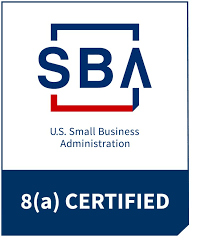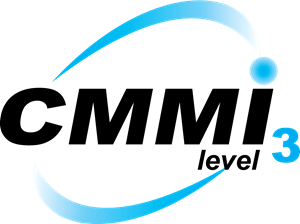With the whole world jumping on the digital transformation bandwagon, countless enterprises are actively seeking to make the best out of digital transformation initiatives. Application modernization remains a great way for enterprises to lead up to their digital transformation initiative as it enables them to acquire and sustain a rich sense of competitive advantage. Enterprises will be able to optimize effectively in the modern digital era by modernizing their application and moving away from their existing legacy infrastructure, processes, and tools, thus keeping up with the rapid digital revolution.
As far as an application modernization strategy is concerned, it encompasses enterprises updating their legacy software with new and dynamic frameworks and infrastructure. There are a couple of ways to approach application modernization:
1- Lift and Shift- It is one of the most effective approaches for migrating your apps to the cloud. It involves moving an application and its associated data to a cloud platform—without redesigning the app. Thus, this approach effectively migrates your application and associated data to the cloud with minimal or no changes.
2- Refactoring- Refactoring approach is deployed in order to update a few things in your software without rewriting large portions of code or completely reconfiguring application architecture. This approach relies on improving the internal code by making many small changes without altering the code’s external behavior at large.
Cloud migration and application modernization are two terms that relate to how enterprises make applications work efficiently in the cloud environment. Application modernization can take many forms. For instance- Infrastructure-as-a-service- IaaS is when a third-party provider delivers infrastructure, such as servers, storage, and networking, over the internet. Customers can use these resources to host and run their own applications and services. PaaS- Platform-as-a-service is when a third-party provider delivers a platform, including an operating system, development tools, and a runtime environment, over the internet. Customers can use this platform to develop, test, and deploy their own applications and services. Software-as-a-service- SaaS is when a third-party provider delivers software applications over the internet. Customers can use these applications on a pay-per-use or subscription basis, and they are accessed through a web browser.
All three of these models offer advantages such as reduced upfront costs, increased scalability and flexibility, and the ability to pay only for what you use. They are often used together to create a complete cloud computing solution for businesses. Whatever the approach may be, application modernization is a non-stop process. It comes with a host of benefits that enable enterprises to significantly optimize on diverse fronts. Here are the four benefits of modernizing applications:
Create unforgettable customer experiences
With an increasing number of enterprises weaving customer centricity into their functioning, it is no surprise that customer experience is imperative to driving and maintaining customer loyalty. With older versions of applications, enterprises are guaranteed to not enrich customer experience. But once enterprises choose to modernize their existing applications, they can capitalize on the public cloud environment and provide premium customer service. Modernizing applications makes way for a refined user-facing interface, leading-edge functionalities, and innovative features which will prove instrumental in improving and sustaining customer satisfaction and brand reputation.
Optimization of cost becomes easy!
With application modernization improving the ease concerned with administrative tasks- internal teams will be equipped to focus on projects that can actively contribute to revenue building. It is no secret that outdated apps require enormous economic resources for their maintenance, making them economically unviable. With most of these apps hosted on on-premises data centers, enterprises will be shelling out money for infrastructure maintenance. Let’s not forget that hiring specialists familiar with outdated technologies are both expensive, and redundant in the long run. By choosing to modernize their applications, organizations are seeking the “pay-as-you-go” model. By choosing the operational expenditure model over capital expenditure, organizations can cut down up to 30%-50% of costs associated with maintenance.
Heightened Security
With rapid development in cybersecurity- there are endless ways to remain exposed to cyberattacks. Legacy applications are extremely prone to vulnerability and rapid security breaches. Owing to their incompatibility with modern authentication and security standards, the scope of legacy applications is virtually non-existent. With modernized applications receiving continuous security upgrades and bug fixes against new threats, safeguarding sensitive data becomes easier and hassle-free.
Productivity gets a real boost!
With legacy systems being incompatible with modern systems and hardware, lags, bugs, and other errors riddle the landscape- however, with application modernization, enterprises can bid farewell to these challenges. Modernizing applications equips enterprises to streamline business processes and make updates based on optimal workflows, thus increasing the level of productivity through launching updates to keep the momentum going. According to IBM, updating legacy stems could boost developers’ productivity by as much as 40%.
Application modernization enables an organization to acquire a host of benefits which are all aligned to empower the enterprise to adapt to change in the most effective way possible. It plays an important role when it comes to understanding the growing pains of an enterprise and helping them to mitigate the same through a systematic approach that is rooted in effective frameworks driven by powerful updates.







